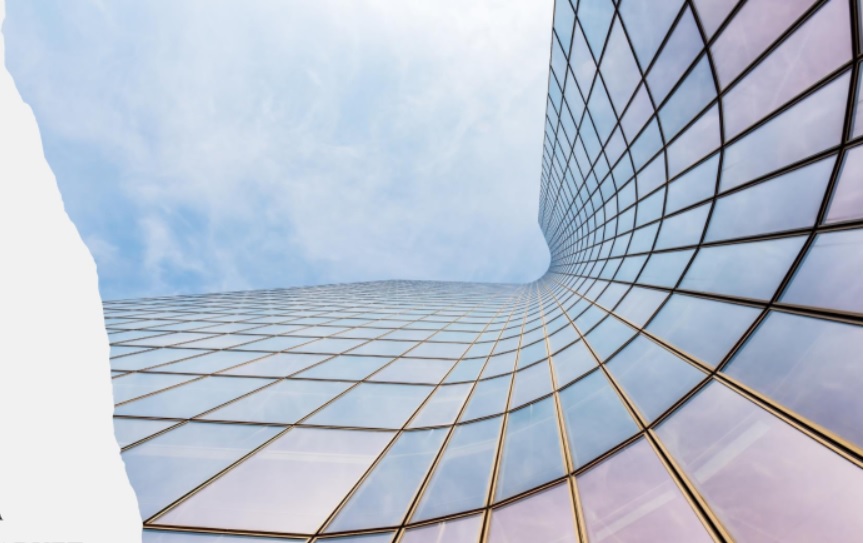By Ankit Aggarwal, MD, Devika Group
Investing in Real Estate and buying property is regarded as the best mode of investment because of assured, reliable, infallible profits and higher returns. Being a tangible asset, it also provides long-term security and the benefit of regular cash flow through rentals. The value of Real Estate always goes up over time, and rents also tend to increase over time, generating higher cash flow. The longer you hold onto your property, the more money you will make when it’s time to sell, and with a good investment, one can turn an enormous profit.
Real Estate is broadly of two types – residential and commercial Real Estate. Residential Real Estate comprises residential buildings, housing complexes, apartments, flat systems etc., where people reside and live in. Commercial Real Estate, on the other hand, consists of properties for commercial and official purposes as well as buildings for public use such as offices, garages, hotels, industries, malls, multiplexes, shopping centers, community parks etc.
So, let’s look at some of the reasons why Indians might be wanting to choose commercial real estate rather than residential real estate.
Higher returns
Commercial properties provide good rental returns over long periods of time. Prices will take some time to rise because the housing market has yet to recover from the pandemic. In commercial real estate, Grade-A office properties are already yielding high returns due to their high demand. The expected return on residential properties is around 3-4%, while the expected return on commercial properties is around 8-10%. The Indian property market had a great season in Q2 2022, with solid annual and quarterly growth in leasing activity for most segments. According to Financial Express, the country’s commercial real estate market is expected to grow at a CAGR of around 13% between FY 2022 and FY 2027.
Increasing demand
Most people prefer to return to work due to larger family sizes, smaller homes, inconsistent internet speeds, and vulnerable digital platforms. Furthermore, the emergence of new businesses registered year on year is increasing demand for commercial properties. Since the lockdown, approximately 16,000 new companies have been registered, according to the Central Registration Centre. In addition to start-ups, multinational corporations are looking to India as a hub for Data Center Offices and large commercial spaces, particularly in Tier 1 cities.
Constant and quick cash flow
The lease period for commercial properties can differ from 2 to 10 years. There are several benefits to having such long lease periods. For starters, regular rentals ensure a consistent cash flow. Secondly, you will no longer have to worry about finding tenants every few months. Due to short lease periods, residential properties suffer from erratic cash flows. The lease is generally for 11 months only.
Easier maintenance and upkeep
While residential properties invest heavily in attractive lifestyle amenities such as swimming pools and kid’s play areas, commercial properties focus on amenities that can improve work capabilities and create a healthy, positive work environment. As a result, because commercial properties have fewer larger-than-life amenities than residential properties, the maintenance cost is lower. Additionally, unlike in residential real estate, where the landlord is always responsible for property upkeep, the tenant bears the burden of maintenance in commercial real estate.
The triple-net lease is another advantage. This is a kind of lease agreement in which the renter is responsible for all the ongoing construction and living expenses such as maintenance, taxes, and insurance. At the end of the day, real estate remains one of the strongest and most promising investment options, and with the pandemic gradually receding, this market is rebounding in most major cities.
Note: Views expressed in this article solely belong to the author and do not represent those of SquareFeatIndia
Also Read: MAHA GOVT FORMS COMMITTEE TO STREAMLINE REAL ESTATE IN NAVI MUMBAI









